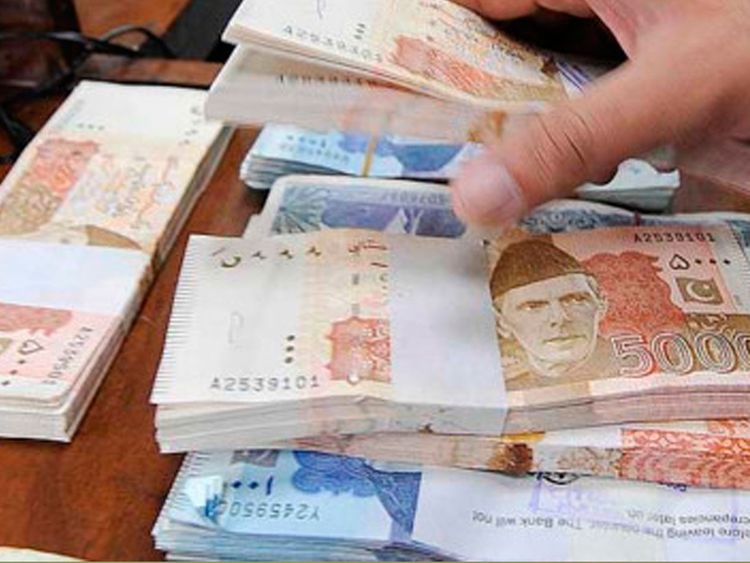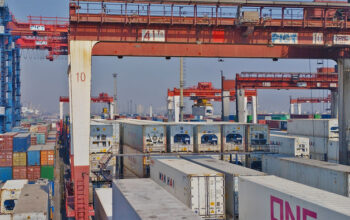By Staff Reporter
KARACHI: The budget deficit swelled to 2.4 percent of gross domestic product in the first nine months of the fiscal year 2024-25, as hefty interest payments overshadowed a primary surplus, data from the Finance Division showed.
The shortfall climbed to Rs2.97 trillion from July to March, with revenue of Rs13.37 trillion eclipsed by Rs16.34 trillion in spending, Finance Division data showed late Wednesday. Excluding interest, the primary balance posted a 2.8 percent GDP surplus of Rs3.47 trillion —a rare positive amid mounting debt pressures.
Pakistan is targeting a full-year deficit of Rs7.3 trillion, equivalent to 5.9 percent of GDP, as it works to steady its finances amid a $7 billion International Monetary Fund program. The government has vowed to ramp up tax collection and rein in spending to comply with the lender’s terms, but the latest figures reveal a mixed performance.
Revenue collection painted a varied picture. The Federal Board of Revenue gathered Rs8.45 trillion in taxes, falling short of its Rs9.17 trillion target by Rs715 billion. Provincial governments, however, exceeded expectations, collecting Rs684 billion against a goal of Rs606 billion, a 13 percent surplus driven by strong showings in Sindh, Khyber Pakhtunkhwa, and Balochistan.
Non-tax revenues provided a cushion, reaching Rs4.23 trillion and surpassing the Rs3.96 trillion target by Rs71 billion. Federal non-tax receipts hit Rs4.03 trillion, bolstered by a Rs2.5 trillion surplus from the State Bank of Pakistan and Rs833.8 billion from the petroleum development levy. Provincial non-tax revenues added Rs203 billion, beating the Rs160 billion target by 27 percent, reflecting efforts to tap alternative income streams.
Expenditures totaled Rs16.34 trillion, with interest payments accounting for a hefty Rs6.44 trillion—Rs5.78 trillion on domestic debt and Rs656.2 billion on foreign obligations. The burden underscores Pakistan’s ongoing struggle with its debt load, a challenge that has dogged successive administrations.
Federal current spending was kept at Rs4.31 trillion, below the Rs5.22 trillion ceiling, largely due to subsidy releases hitting just 49 percent of their target. Provincial current expenditure came in at Rs4.01 trillion, slightly under the Rs4.05 trillion cap, with Punjab reporting savings while Sindh, Khyber Pakhtunkhwa, and Balochistan overspent.
Development spending showed divergence. Federal outlays reached only Rs317 billion against a Rs658 billion budget, while provincial development expenditure soared to Rs1.23 trillion, topping the Rs1.12 trillion target by Rs104 billion. Punjab and Balochistan led the overspending, while Sindh and Khyber Pakhtunkhwa stayed within bounds. Total development expenditure and net lending stood at Rs1.54 trillion.
The primary surplus signals progress in managing non-interest spending, a key metric for debt sustainability. Yet, with interest payments consuming a significant chunk of the budget, the government faces an uphill battle to meet its full-year deficit goal.
Copyright © 2021 Independent Pakistan | All rights reserved




